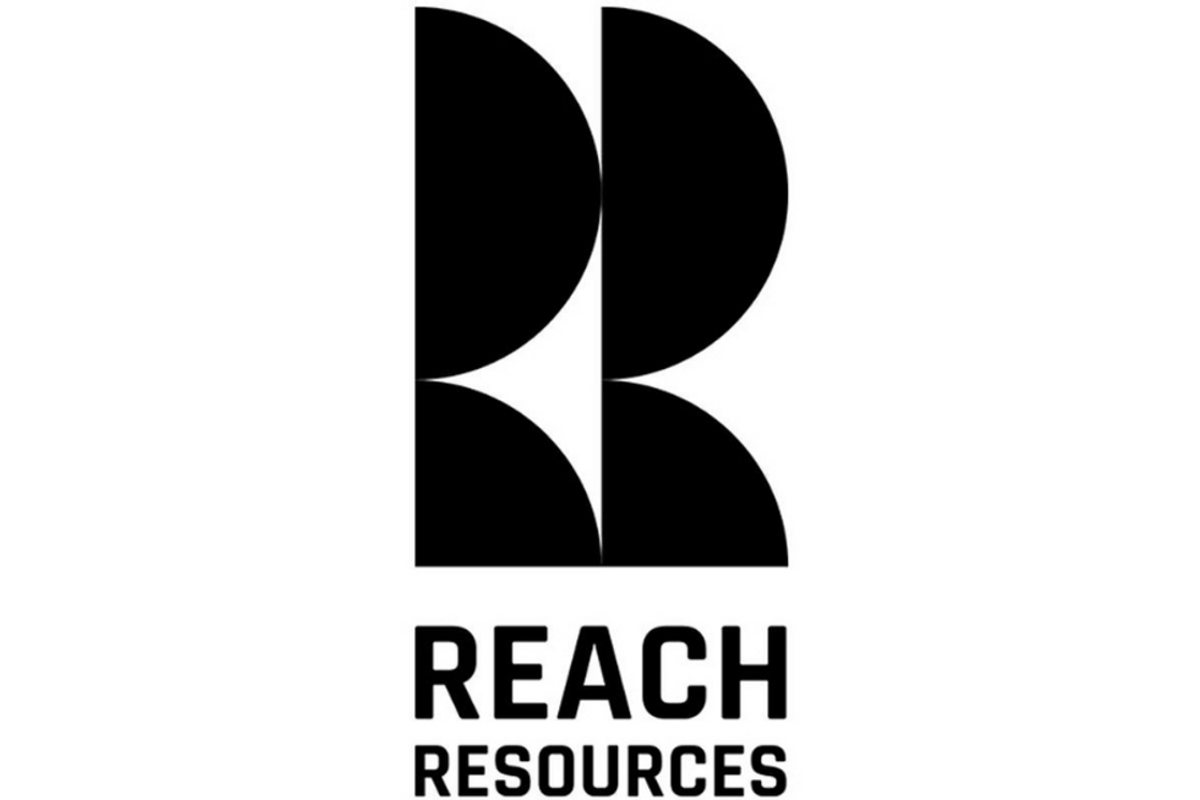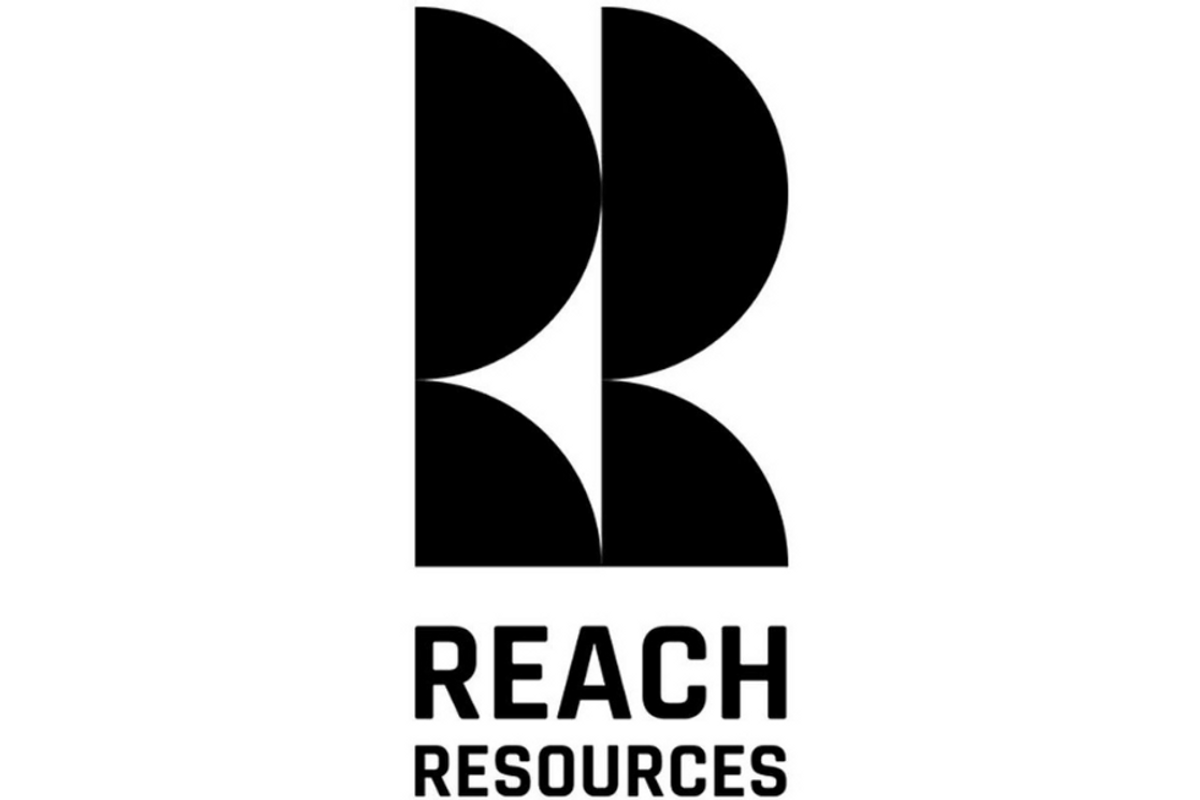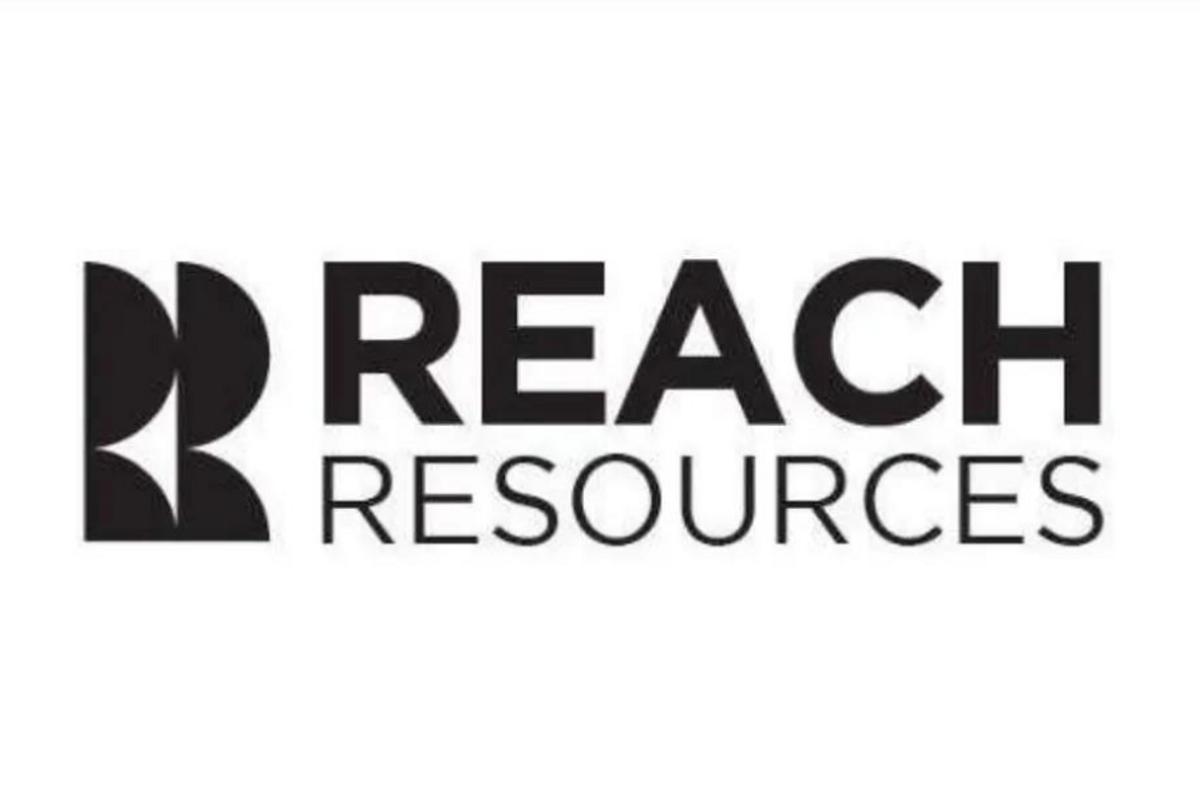
November 21, 2023
Reach Resources mobilised strike drilling to kick off its 9,000 meters RC drilling campaign
Reach Resources (ASX:RR1) mobilised strike drilling to commence the Phase 2 drilling program at the Morrissey Hill Lithium Project in Yinnetharra, Western Australia, according to an article published by Business News.
The 9,000-meter campaign aims to follow up on the anomalous results from the initial drill program at the Bonzer Prospect, focusing on drill targets located west and east of Bronzer, the article said.
Reach Resources plans to drill additional new targets identified during previous fieldwork, including those discovered by Sugden Geoscience based upon analysis of soil, rock chip and drill results.
“We see the initial drill program at Bonzer as a first step towards success at Morrisey Hill,” said Jeremy Bower, Reach Resources CEO. “The initial results have provided us with the encouragement to double our drilling meters in Phase 2 of the drilling program… The data we have from exploration at Morrisey to date supports our contention that the project holds the potential to host high grade lithium, just like the Delta discovery next door. The Future is within Reach.”
RR1:AU
The Conversation (0)
03 May 2022
Reach Resources Limited
Sourcing the Critical Minerals of the Future
Sourcing the Critical Minerals of the Future Keep Reading...
13 May
Murchison South Increases to 67koz Gold Across Two Pits
Reach Resources Limited (ASX: RR1 & RR1O) (“Reach” or “the Company”) is pleased to announce the completion of a new Mineral Resource Estimate (MRE) for the Pansy Pit deposit at its Murchison South Gold Project. The estimate, prepared by independent consultants Mining Plus, reported above a... Keep Reading...
28 July 2023
Quarterly Activities/Appendix 5B Cash Flow Report
Reach Resources Limited (ASX: RR1) (“Reach” or “the Company”) provides its activities report for the quarter ended 30 June 2023. HIGHLIGHTS High-Grade Lithium Results at Yinnetharra (15 May 2023) Lithium mineralisation confirmed with rock chip samples reporting highly encouraging assays of up to... Keep Reading...
18 May 2023
Outcropping Copper Gossan Delivers 33% Cu Assays At Morrissey Hill Project, Yinnetharra
Reach Resources Limited (ASX: RR1 & RR1O) (“Reach” or “the Company”) is pleased to announce that it has received high grade copper, gold and silver results up to 33% copper, 0.2g/t gold and 142g/t silver from its recently completed rock chip sampling program at the Company’s Morrissey Hill... Keep Reading...
14 May 2023
Reach Resources’ Strategic Position Between Two of WA’s Mining Heavyweights
Reach Resources’ (ASX:RR1) strategic position with its Morrissey Hill project has placed the critical mineral explorer on the radar of two of Western Australia’s mining giants Delta Lithium (ASX:DLI) and Minerals 260 (ASX:MI6), according to an article published in The West Australian.“While... Keep Reading...
Latest News
Latest Press Releases
Trading Halt
28m
Related News
TOP STOCKS
American Battery4.030.24
Aion Therapeutic0.10-0.01
Cybin Corp2.140.00



